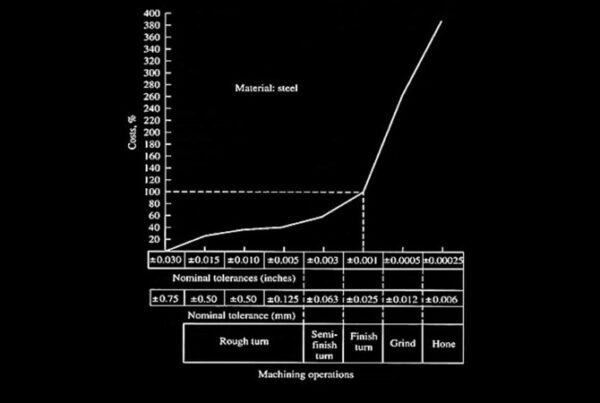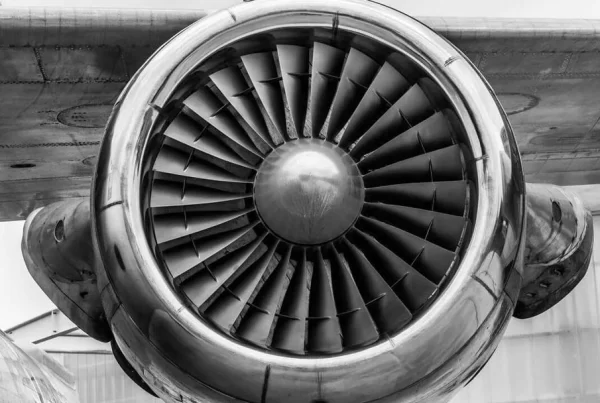From Gold Rush to Manufacturing Mecca – The Deep Roots of Aerospace and Defense Industry
California, with its sunny beaches and thriving entertainment industry, might not immediately come to mind as a manufacturing mecca. However, the Golden State has a rich history that led to its emergence as a hub for manufacturing, particularly in the aerospace and defense sectors. In this article, we will take a journey through time, exploring the factors that shaped California’s manufacturing prowess and why the Department of Defense and aerospace industry became deeply entrenched in the state.
The Gold Rush and Early Industrial Development
California’s rise as a manufacturing powerhouse can be traced back to the famous Gold Rush of 1848. The discovery of gold at Sutter’s Mill triggered a mass migration of fortune seekers from around the world, creating a booming economy and a need for infrastructure development. This sudden influx of people and resources led to the establishment of industries such as mining equipment manufacturing, transportation, and construction, laying the foundation for California’s industrial growth.
World War II and the Defense Industry
The pivotal turning point for California’s manufacturing landscape came during World War II. The attack on Pearl Harbor in 1941 propelled the United States into the global conflict, and California played a vital role in supporting the war effort. The state’s strategic location on the West Coast made it an ideal base for military operations, defense manufacturing, and shipbuilding.
The Department of Defense (DoD) established a strong presence in California, building military bases, research facilities, and defense manufacturing plants. The state’s vast coastline and proximity to the Pacific theater of operations were crucial for naval operations, including the deployment of aircraft carriers and submarines.
Aerospace Takes Flight
California’s association with the aerospace industry began to take shape during and after World War II. The wartime demand for aircraft and technological advancements paved the way for the post-war aerospace boom. California became a hub for aircraft manufacturing, research, and development, drawing on its existing industrial infrastructure, skilled workforce, and proximity to military installations.
The establishment of renowned aerospace companies like Lockheed, Northrop, and Douglas (later merged to form McDonnell Douglas) solidified California’s position as the epicenter of aerospace innovation. These companies collaborated closely with the DoD, leading to the development of iconic aircraft such as the P-38 Lightning, F-86 Sabre, and F-117 Nighthawk. The Cold War further fueled the aerospace industry’s growth, as the United States focused on technological superiority in the face of geopolitical tensions.
Space Exploration and NASA
California’s aerospace prowess expanded beyond aircraft manufacturing with the advent of the Space Age. In 1958, the National Aeronautics and Space Administration (NASA) was established, and California played a pivotal role in the agency’s mission to explore space.
NASA’s Jet Propulsion Laboratory (JPL), located in Pasadena, became a center of excellence for robotic space exploration. JPL’s contributions include the successful Mariner, Viking, and Voyager missions, as well as the ongoing exploration of Mars with rovers like Curiosity and Perseverance.
California also became home to NASA’s major research centers, including the Ames Research Center in Silicon Valley and the Armstrong Flight Research Center in the Mojave Desert. These centers, along with the private sector, propelled California to the forefront of space research, satellite development, and commercial space travel.
The Silicon Valley Connection
While not directly related to manufacturing, it is essential to mention the profound influence of California’s Silicon Valley on the state’s manufacturing landscape. The emergence of Silicon Valley as a global technology and innovation hub in the mid-20th century brought together brilliant minds, venture capital, and cutting-edge research. The symbiotic relationship between aerospace and technology industries fueled advancements in manufacturing processes, materials, and automation.
The convergence of aerospace and technology expertise in California gave rise to advanced manufacturing techniques, such as computer-aided design and manufacturing (CAD/CAM), additive manufacturing (3D printing), and robotic automation. These innovations have revolutionized the aerospace and defense industries, making them more efficient, precise, and cost-effective.
Factors Contributing to California’s Manufacturing Success
Several factors contributed to California’s transformation into a manufacturing mecca, particularly in the defense and aerospace sectors:
a. Proximity to Defense and Research Institutions: California’s strategic location near major military installations, research centers, and defense agencies allowed for close collaboration, rapid prototyping, and knowledge exchange.
b. Skilled Workforce and Education System: The state’s robust education system, including renowned universities and technical colleges, produced a highly skilled workforce in engineering, manufacturing, and aerospace disciplines.
c. Infrastructure and Supply Chain: California’s well-developed infrastructure, including ports, airports, and transportation networks, facilitated the efficient movement of goods, raw materials, and equipment.
d. Climate and Geography: California’s favorable climate and diverse geography provided ideal conditions for testing and flight operations throughout the year.
e. Entrepreneurial Spirit and Innovation Culture: California’s culture of entrepreneurship, risk-taking, and innovation created an environment conducive to experimentation, invention, and technological advancements.
California, the Mecca of Manufacturing
From its humble beginnings during the Gold Rush to its current status as a manufacturing powerhouse, California’s evolution into a mecca for aerospace and defense industries is deeply rooted in historical events, technological advancements, and strategic partnerships. The state’s close ties with the Department of Defense, coupled with a rich ecosystem of aerospace companies, research institutions, and skilled professionals, have propelled California to the forefront of manufacturing excellence.
As the aerospace and defense industries continue to evolve, California’s manufacturing legacy will undoubtedly shape the future of innovation, technological breakthroughs, and exploration of the final frontier.





